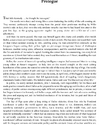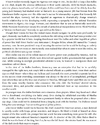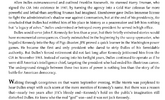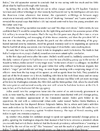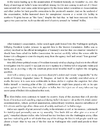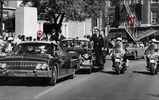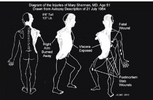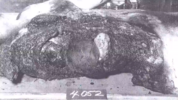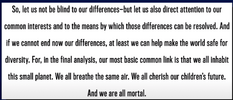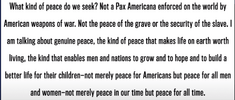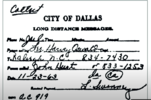- Oct 12, 2017
- 9,310
- 28,549
- AFL Club
- Fremantle
And this comprehensive book, "The Devils Cheesboard" by David Talbot goes a long way to explaining why the CIA got involved, not only in the assasination, but the coverup.
Dulles relentless efforts to manipulate Truman - and failing that, the Truman record - is one more example of the spymaster's "strange activities". But Dulles's greatest success at recontructing relaity was still to come. With the Warren Report, Dulles would literally rewrite history. The inquest into the death of JFK was another astounding slight of hand of Dulles's part. The man who should have been in the witness chair woulnd up instead in control of the inquiry. pg 572.


Dulles relentless efforts to manipulate Truman - and failing that, the Truman record - is one more example of the spymaster's "strange activities". But Dulles's greatest success at recontructing relaity was still to come. With the Warren Report, Dulles would literally rewrite history. The inquest into the death of JFK was another astounding slight of hand of Dulles's part. The man who should have been in the witness chair woulnd up instead in control of the inquiry. pg 572.
